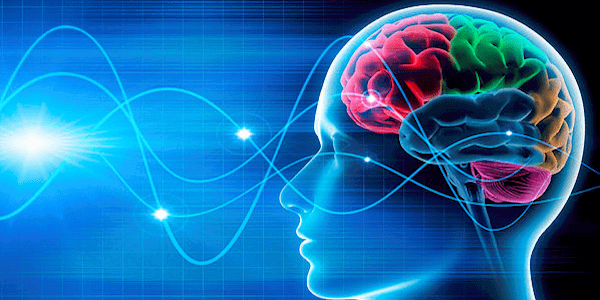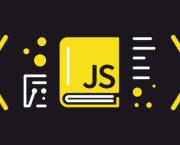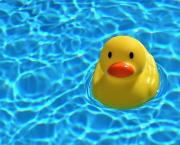Learning a new skill brought a few questions and anxieties for myself. Am I good enough? Am I too old? Will I succeed? Coding looks hard. Everyone working in the industry looks a decade younger. Not to gloss over the subject, but coding IS challenging! Particularly for someone who has spent the last 15 years in a different industry. The thought of picking up a completely new skill is nerve-racking and scary. Especially when part of that journey is getting used to the struggle of not knowing the answers all the time and getting stuck at every turn!
A important topic of study that keeps me going is Neuroplasticity.
What is Neuroplasticity?
We hear this term being used in smart phone apps, rehabilitation centres and even athletic performance centres. But what does the









 English
English
 Français
Français
 Deutsch
Deutsch
 Italiano
Italiano
 Español
Español


 6 min
6 min

 Contribute
Contribute










 You can support your favorite writers
You can support your favorite writers





